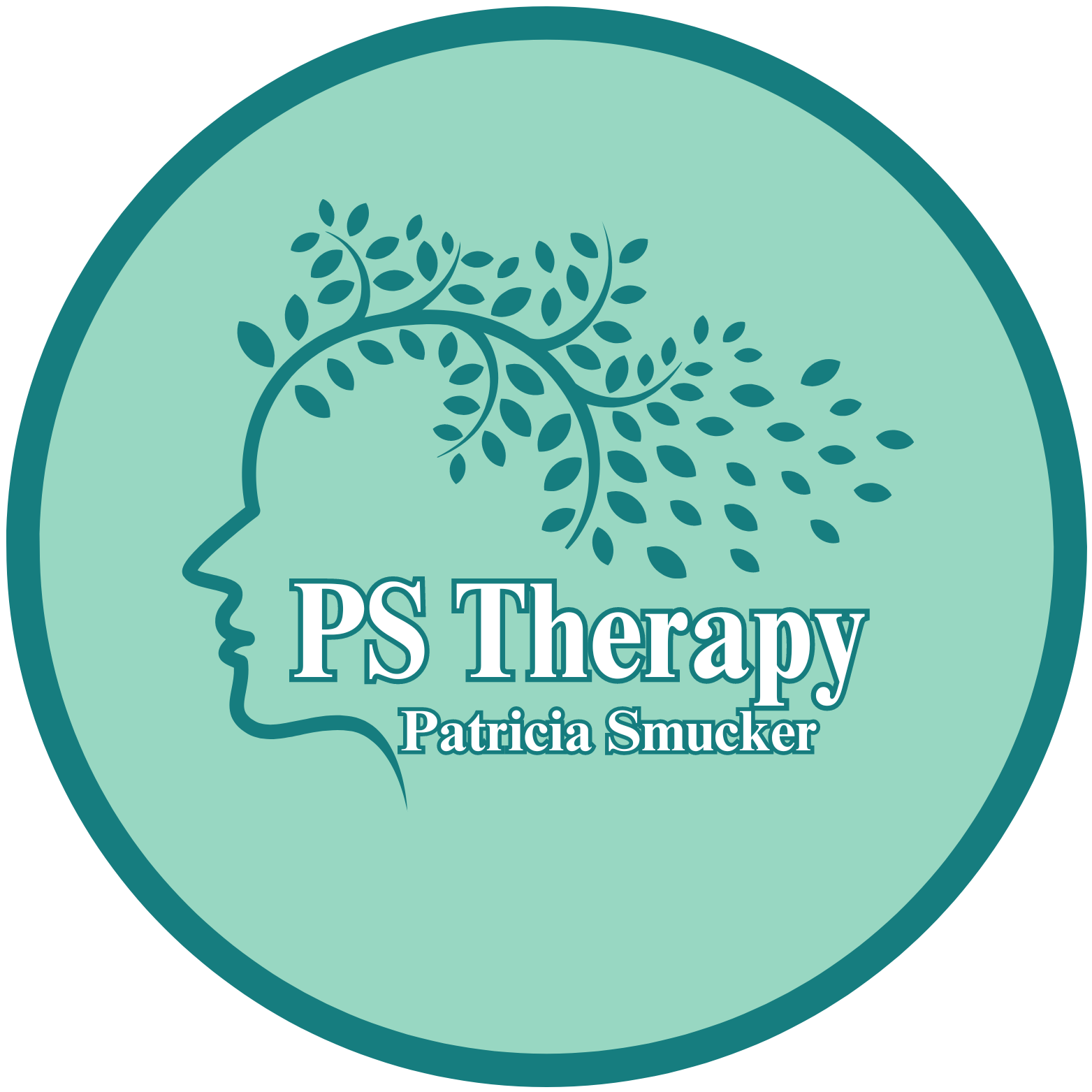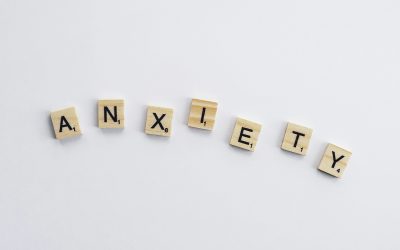Cognitive restructuring is a vital aspect of cognitive behavioral therapy (CBT), that involves identifying and changing false, negative thoughts. It’s important to be able to detect and modify such thought patterns because our thoughts influence our feelings and behaviors. When we can manage our thoughts, then we can make better decisions that will serve us well now and in the future. Join me as I explore these six cognitive restructuring methods that can help change your thoughts, emotions, and behaviors.
Method 1: Learn to Notice When You’re Experiencing a Cognitive Distortion
Cognitive distortions are the ways in which our minds trick us into believing something that isn’t true. There are many forms of cognitive distortions. However, I recommend that you focus on one cognitive distortion at a time.
Consider one type of cognitive distortion: polarized thinking. This occurs when you primarily think in terms of perfection versus failure. For example, you present a report at work, and you get a critique of other areas that you could also consider. If you return to your desk concluding that you are a complete failure because your report wasn’t perfect, then this would be an instance of polarized thinking.
Whenever you discover that you are experiencing cognitive distortion, then stop and ask yourself key questions that will lead to more positive thoughts. In this instance, you can ask yourself the following questions:
Apart from that one critique, did I receive any kudos about my presentation?
Are such critiques the norm for presentations at my workplace?
How much can this feedback assist me in learning more about these new areas?
How well have I progressed in my job role?
As you ask yourself these questions, you will be able to restructure your thoughts to a more positive inclination.
Method 2: Measure the problem-solving aspect of your thinking
Do you believe that thinking more about a problem will lead to a solution? If so, then I suggest tracking the effectiveness of such rumination (or deep thinking).
As an exercise, you can record each time you notice that you’re ruminating. You should also record how many of these deep-thinking sessions lead to problem-solving ideas.
Alternately, you can record the estimated number of minutes spent ruminating, versus time spent on those thoughts that lead to helpful solutions.
I suggest that you try this exercise for a week.
You will then be able to calculate the ratio of effective problem-solving thoughts to your total rumination. Consistently practicing this method will encourage you to think in solution-oriented terms.
Method 3: Use Your Behaviors to Test Your Thoughts
Whenever you discover a cognitive distortion, it helps to test that thought by observing your behavior.
For example, if you think that you can not take a lunch break because of your work volume, then test this thought. Here’s an example of how to do that:
In the first week, maintain your usual routine of not taking your lunch break. At the end of each workday, give yourself a productivity score (ranging from 0 to 10).
The following week, go for your designated lunch break each day. Again, give yourself a daily productivity score at the end of work.
You will then be able to compare your productivity scores across the two weeks to see if there is any truth to that belief.
Method 4: Assess The Evidence For and Against Your Thoughts
Do you find yourself falling into the cognitive distortion of overgeneralization? If you tend to make a general conclusion about your life from one negative event, then this is a very good exercise for you.
For example, if you think that you failing at life, then write down evidence for and against that thought. Try to recall actual events for this exercise.
You may find that you have written a balance of evidence in support of, and against that thought. You may also realize that you have had some successes in life. I am not saying that you should immediately believe these new thoughts. However, you need to practice a balanced evaluation of your thinking patterns.
Method 5: Practice Meditation
Meditation means that you clear your mind of all distractions as you focus on one thing. You can choose to focus on your breathing or focus on the sounds of nature, or musical notes.
Whenever you find distracting thoughts coming into your mind, gently but firmly close the door on those thoughts. Then return to focusing on that one object of your attention.
Meditation is not a tool specifically designated for cognitive restructuring. However, it helps you to become more aware of your thoughts, which is an essential element of cognitive restructuring within CBT.
Method 6: Show Yourself Compassion
If you tend to make unkind comments about yourself when you make a mistake, then it’s important to cut yourself some slack. Practicing self-compassion means that instead of criticizing yourself, you choose to acknowledge your error and your feelings about it.
As you practice self-compassion, your thoughts will transform into more positive ones. Subsequently, as you think more positively about yourself, your outlook on life and interactions with other people will also improve.
Cognitive Restructuring As a Part of Your Therapy
You should have a rudimentary understanding of how these six cognitive restructuring methods work. Cognitive restructuring is an essential process in CBT. If you would like to know if CBT and cognitive restructuring are suitable for you, then you can schedule an initial consultation with me. The cornerstones of effective therapy are a good fit between a client and a therapist, an atmosphere of mutual respect and trust, as well as customized care. Our initial meeting will determine if we are a good fit. Once we establish a professional rapport, you will then be able to know and trust me. As my client, you will benefit from an individualized treatment plan geared to give you effective therapeutic support for your best mental wellbeing. I look forward to meeting you!
View More
Coping with Anxiety
I learn as much from my clients as they learn from me, which is why my life is richer and more fulfilling because of the work I do. Recently, a client returned to treatment to focus on an eating disorder. I had already successfully treated her for an anxiety disorder...
Blog on Anxiety
I was about 25 years old when I first learned the term anxiety. Until that time I was not aware such a feeling existed. Fear I knew well. Having grown up in a family where my father was chronically ill and eventually died when I was in 10th grade. The uncertainty of...
Grief vs. Depression
Clients have come to therapy and asked me what the difference is between feeling sad and being depressed. When I hear that question, I often come to find the sadness they are feeling is not so much depression, but a grieving experience. Grief is a process – a series...





0 Comments